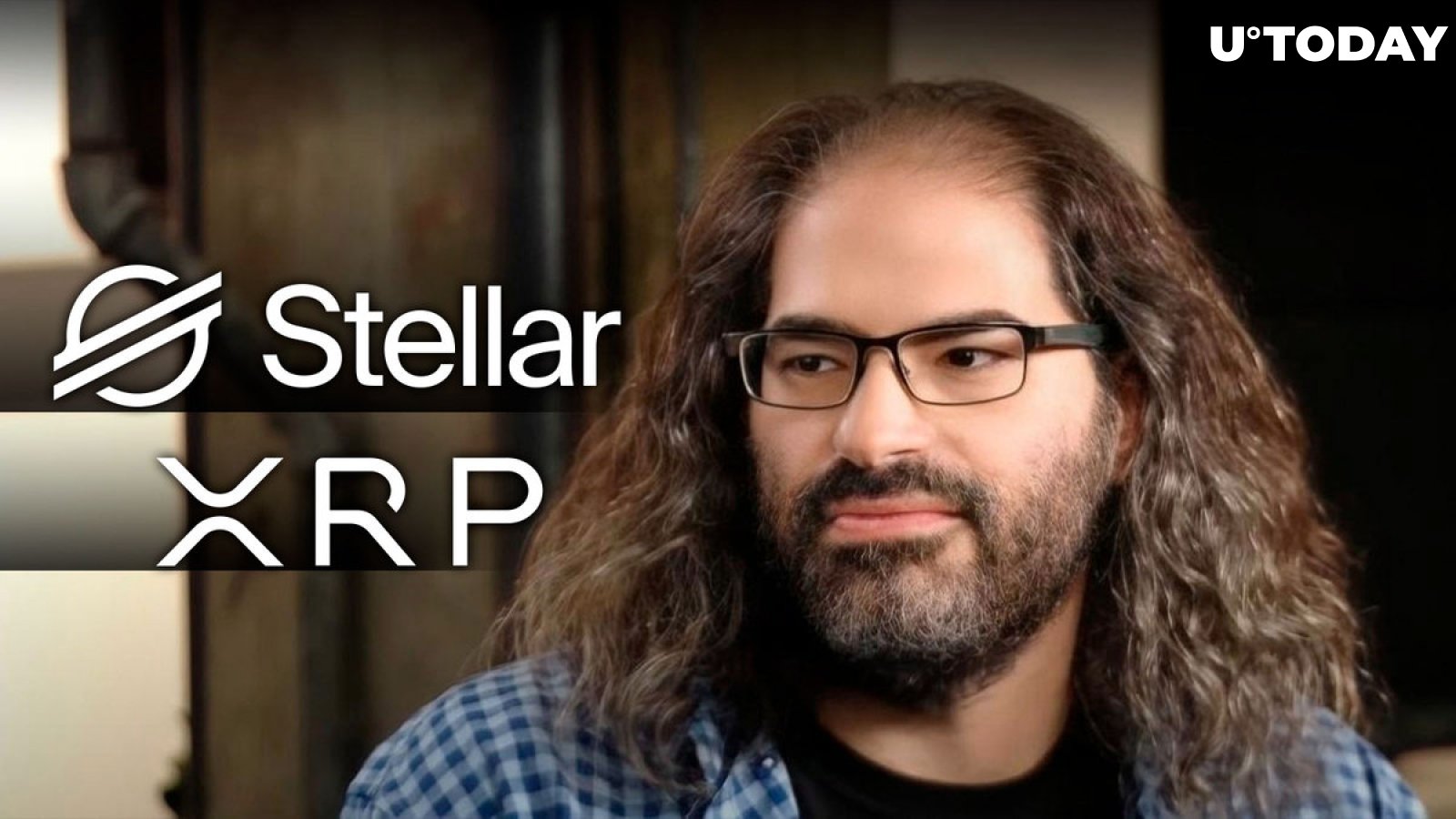A recent community discussion drew attention to the very similar price movement of XRP and Stellar (XLM). Ripple CTO David Schwartz suggested his perspective on this anomaly.Schwartz, who played a key role in the engineering of XRP Ledger, suggested that the parallel price behavior of XRP and XLM could be influenced by external factors outside of their ecosystems. He acknowledged that there is evidence both for and against this theory, emphasizing the complexity of the issue.As one key point, Schwartz cited the impact of Stellar’s significant token burn last year. Despite the reduction of half of the entire supply, this event did not cause a noticeable deviation in Stellar’s price or its correlation to XRP. The one bit that’s the most convincing to me is that Stellar burned half their supply and there wasn’t so much as a blip on their price chart or any real deviation from XRP’s price correlation.https://t.co/x4qF9UuJvFThis made Schwartz believe that a similar burn of Ripple-owned XRP would likely not have a positive impact on the price of XRP. He once again cited charts comparing the price behavior of XRP and XLM before and after the burn, which showed no significant change.Despite similar price behavior, XRP and XLM have different tokenomics. XRP has a total supply of 99.98 billion tokens, 55.43 billion tokens in circulation, a price of $0.525 and a market capitalization of $29.1 billion. In contrast, XLM has a total supply of 50.001 billion tokens, 28.976 billion in circulation, a price of $0.1083 and a market capitalization of $3.14 billion.The price correlation between XRP and XLM can be attributed to their intertwined history and market dynamics. Created by Ripple cofounder Jed McCaleb as a decentralized alternative, the Stellar ecosystem often follows the movements of XRP. Investors tend to look for opportunities in similar assets, leading to capital flow into the market and equalizing the price dynamics of these two cryptocurrencies.

